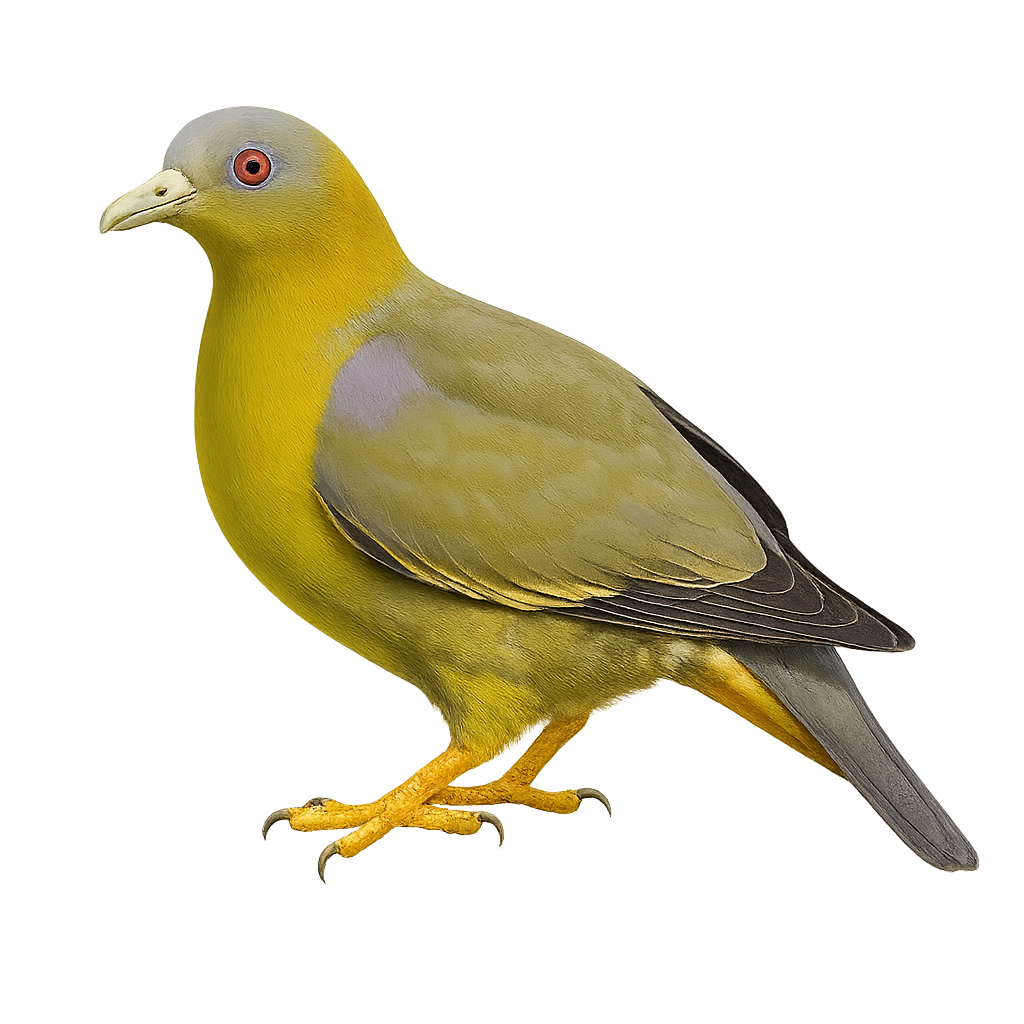Your wildlife photography guide.
Explore the yellow-footed green pigeon in detail, study its behavior, prepare your shots.
Where to observe and photograph the yellow-footed green pigeon in the wild
Learn where and when to spot the yellow-footed green pigeon in the wild, how to identify the species based on distinctive features, and what natural environments it inhabits. The WildlifePhotographer app offers tailored photography tips that reflect the yellow-footed green pigeon’s behavior, helping you capture better wildlife images. Explore the full species profile for key information including description, habitat, active periods, and approach techniques.
Yellow-footed Green Pigeon
Scientific name: Treron phoenicopterus

IUCN Status: Least Concern
Family: COLUMBIDAE
Group: Birds
Sensitivity to human approach: Suspicious
Minimum approach distance: 10 m
Courtship display: March to April
Incubation: 14-16 jours
Hatchings: March to May
Habitat:
Tropical forests, mangroves, open wooded areas
Activity period :
Primarily active during the day, with peak activity in the morning and late afternoon.
Identification and description:
The Yellow-footed Green Pigeon, or Treron phoenicopterus, is a medium-sized bird belonging to the Columbidae family. It is easily recognizable by its bright green plumage, yellow legs, and barred grey tail. This bird is primarily arboreal and feeds on fruits, especially figs. It is found in tropical and subtropical forests, mangroves, and open wooded areas of South Asia. Often seen in groups, it perches in trees or flies from one tree to another. The Yellow-footed Green Pigeon plays a crucial role in seed dispersal, aiding forest regeneration. Although generally discreet, its soft and melodious call can be heard from a distance.
Recommended lens:
400 mm – adjust based on distance, desired framing (portrait or habitat), and approach conditions.
Photography tips:
To photograph the Yellow-footed Green Pigeon, it is advisable to use a telephoto lens of at least 400mm to capture detailed images without disturbing the bird. Prefer early morning or late afternoon hours when the light is soft. Be patient and discreet, as this bird can be suspicious. Look for it in fruit trees where it often feeds. Use a tripod to stabilize your camera and get sharp images. Finally, pay attention to its call to locate its position.
The WildlifePhotographer App is coming soon!
Be the first to explore the best nature spots, track rutting seasons, log your observations, and observe more wildlife.
Already 1 432 wildlife lovers subscribed worldwide

